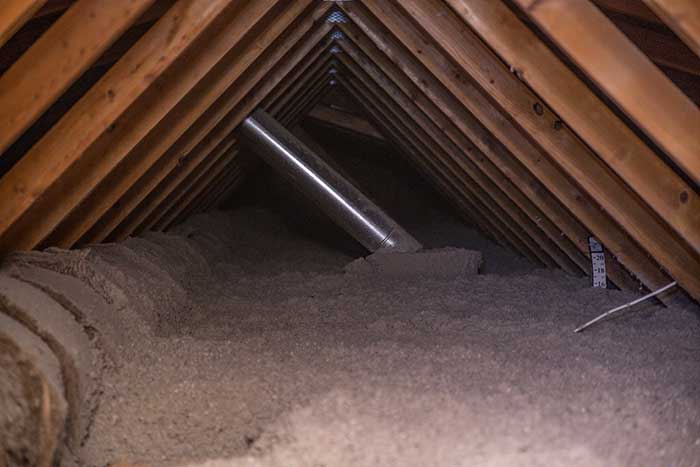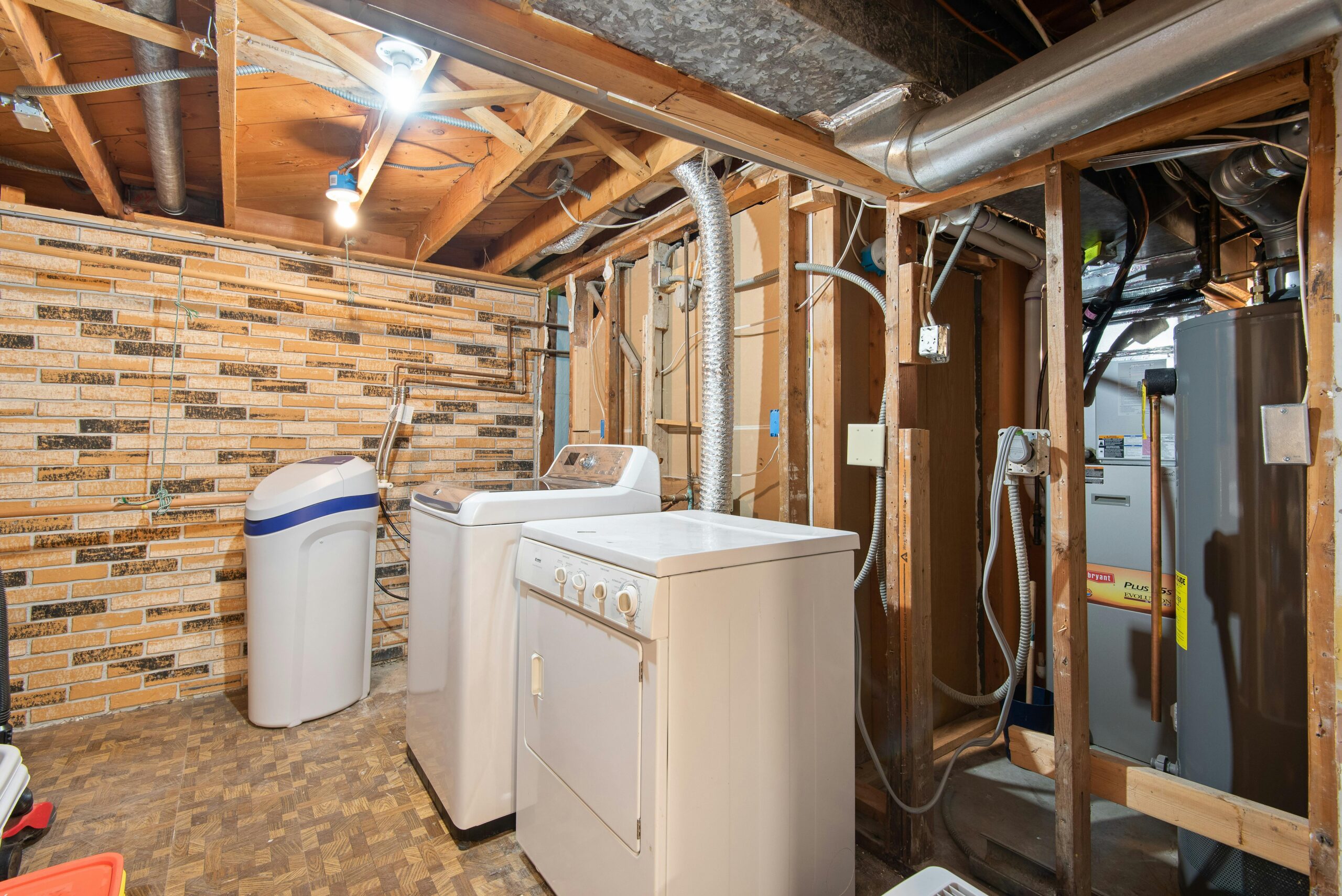Finishing your attic is a great way to increase your home’s value. But whether you plan to use it as a living space, a spare room, or just for storage, you’ll need the right insulation for your attic.
Even if you don’t use your attic at all, insulation helps keep the heat or cold in, so your bills won’t be so high. Without insulation, the heat from your heating system, or the cold from your air conditioner, will escape from the attic. Use the right insulation for your attic, and you’ll find it much easier to keep your attic at the right temperature.
In fact, there are many more benefits to insulating an attic. Wondering what they are, and what’s the best insulation for an attic? Keep reading for answers to all your attic insulation questions!
Why Buy Insulation for Your Attic?
Even if your whole house isn’t insulated, insulating the attic can have many benefits. Here are just a few:
1. Prevent Mold and Rot
Moisture that gets in through cracks in the walls and ceiling can lead to mold, as well as rot and other issues. Mold can cause serious health problems for you and your family, and rot can harm your home’s structure in serious ways.
Insulation provides a layer of protection against dangerous water that can get in. Even if you can’t see any leaks, you should invest in insulation for your attic.
2. Keep Pests Away
Rats, mice, and insect pests often enter the home through your attic. Insulation keeps them away by blocking the holes where they can get it. Although it’s not impervious, it often is enough to deter them from coming.
3. Protect Air Quality
When dust and dirt enter through your attic and builds up in your home, it can harm the quality of the air you breathe. Add insulation to help keep toxins out, so you can breathe more easily.
Attic Insulation Guide
Wondering how to get ready for insulating your attic? Follow these steps to protect your home from all the problems listed above and more.
Decide How to Insulate
The way you’ll insulate the attic depends on whether it’s finished or unfinished.
If it’s not finished, the goal of insulating is to protect the rest of your house from the problems above. If it is finished, the goal is to protect the attic space and make it livable as well.
If your attic isn’t finished, you’ll probably just want to insulate the floor. This is faster and less expensive. But if you have a finished attic, or plan to in the future, you should insulate the entire space. This means covering the walls and ceiling.
Many finished attics have some insulation, but it may not be enough for your home. If this is the case, you’ll need to inspect your attic for the kind of insulation it currently has, and how much. The right amount of insulation for your attic depends on the climate you live in.
Check the Type of Insulation
When you know what you’re working with already, you can move forward more easily. If you find insulation in your attic, check to see what kind it is.
For example, pink or yellow fibers can indicate a fiberglass insulation, also known as glass wool. If you see flat pieces of what looks like newspaper, you probably have cellulose insulation instead.
You’ll need to decide whether to stick with the kind of insulation you already have, or add a new one. Keep in mind that older homes tend to need more insulation than newer ones.
What’s the Best Insulation for an Attic?
Should you stick with what you already have in the attic, or add a new type of insulation? Let’s take a look at the best attic insulation to choose from.
1. Spray Foam
If your house is old, it probably won’t have spray foam insulation. This is one of the most popular insulation materials for newer homes, though.
This type of insulation uses a chemical reaction to naturally expand, filling any cracks or crevices. This makes it much more effective than other kinds of insulation that can’t patch up small holes.
Spray foam is best for protecting against pests, mold, and other things that can get into an attic.
2. Batts
Batt insulation can be made of rockwool or fiberglass.
This kind of insulation comes in big rolls that get installed on the attic walls, where they keep out the cold or heat from outside. However, this insulation is prone to leaving holes, and it also easily absorbs water. This makes it less efficient than spray foam types.
3. Blown-In
Finally, blown-in insulation uses recycled paper or fiberglass, which is applied by spraying onto the walls, ceiling, or floors. This creates a coat of insulation that doesn’t leave as many cracks or holes, unlike batt varieties.
However, blown-in insulation also absorbs water, so it can be prone to mold and other types of water damage.
Attic Insulation Cost
The exact cost of insulating your attic depends on the type of insulation you choose.
However, you can typically expect to spend about one to two thousand dollars on insulation. This high cost can lead some people to try to save money by insulating their attics themselves. But if you try this, the costs might end up being even higher in the long run.
No matter which type of insulation you choose, it needs to be properly and professionally installed, so it can work well. Otherwise, damage from water, pests, and more will only cost you more money in serious home repairs.
Who Should Insulate Your Attic?
When you choose to install insulation for your attic, you want to make sure you’re in good hands. The best professional installers have a great track record, know exactly what they’re doing, and will give you great results for your money.
Have you considered Crawl Pros yet? Check out our customer testimonials to find out what we can do!



